E-signatures have many benefits: They save us time, they make it easier to review and sign documents, they’re more secure than written signatures, and they provide a much more sustainable alternative to paper.
And e-signature tools come at a fraction of the cost of sending, collecting, and maintaining paper documents.
But there’s always been a nagging question that has likely prevented wider (or faster) adoption of e-signatures by more organizations and industries: Are they legally binding?

In most jurisdictions, yes; and it’s been so in the United States since the arrival of the Electronic Signatures in Global and National Commerce Act (also known as the E-Sign Act) in the year 2000. But there are particular provisions in the E-Sign Act that stand out as fundamental to the legal nature of e-signatures.
How Jotform Sign helps meet e-signature legal requirements
The E-Sign Act ― along with the Uniform Electronic Transactions Act (UETA) passed in 1999, which details e-signature use by U.S. states ― establishes digital signatures as meeting a legal standard.
What makes e-signatures legally binding is essentially a set of conditions put forth in the E-Sign Act (among other countries’ laws) that put an e-signed document on par with a wet signature (or paper contract).
These conditions are met in our latest product offering, Jotform Sign, which gives you the ability to create, share, and e-sign documents easily.
To help explore these conditions, we’ll look at them through the lens of Jotform Sign to give you some context about what they involve and how they’re applied in practice.
- Intent to sign: The first requirement for e-signature legality is establishing an intent to sign because, let’s face it, that’s the point of a signature on the document. The user typically satisfies this condition by either checking an agreement box, typing in their first and last name, or drawing their signature by hand or with a mouse.
Jotform Sign allows users to sign on any device by typing their signature or drawing it by hand or by mouse.
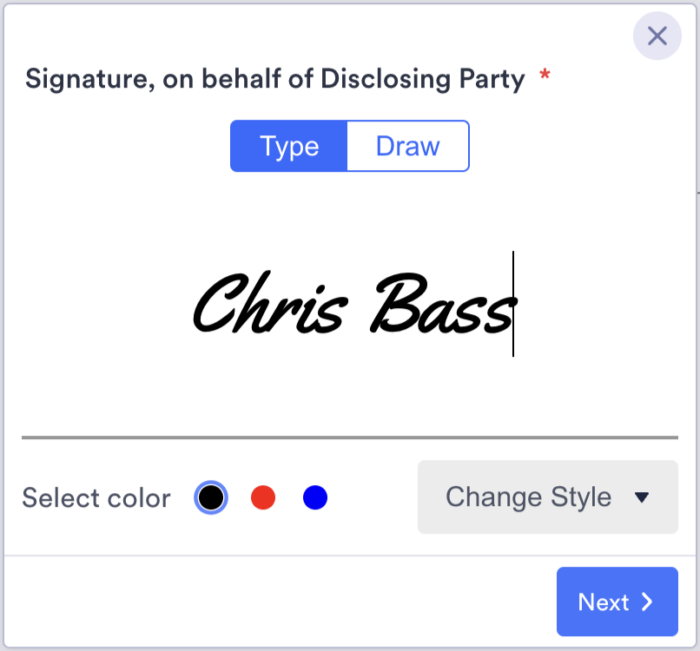

- Consent to an electronic signature and opt-out clause: Another requirement is that the signing parties have to actively consent to using an e-signature to process a legal document. They also must be presented with the option to opt out of using an e-signature.
Jotform Sign fulfills this dual requirement by providing the appropriate consent notification, the disclosure of consent explaining what the signer is consenting to, as well as the steps for an alternative to an electronic signature. Whether someone is signing a form or a PDF sent through Jotform Sign, providing proper notice of what they are consenting to with a signature is standard practice for e-signatures.



- Signed document access: In order for a document to be legally binding, all signers and stakeholders must receive a copy.
Within Jotform Sign, the document owner and all signers are automatically sent copies by email when the document-signing process has been completed. Additionally, you can customize the email automation to send copies of the document to any relevant stakeholders, such as a corporate office or HR department.

- Signed document retention: An e-signed document must also be stored somewhere for easy access and to comply with all laws should an issue arise. When your document is successfully submitted in Jotform, all its details are instantly and automatically stored within Jotform Tables and your Jotform Sign Inbox.
This feature not only provides a document storage solution, but also efficient stakeholder document collaboration and accessibility. Finally, Jotform integrates with every major cloud storage provider, so saving your document is as easy as a click.

- Audit trail covering document steps: A digital audit trail of each step the document took along the way is a big must-have for e-signature legality. Should you ever need it, an audit trail proves what happened with the document at each step.
When a document is completed, Jotform Sign emails a digital audit trail, along with the finished document, to the signers. The audit trail is also emailed to the document owner and stored in their Jotform Sign Inbox.
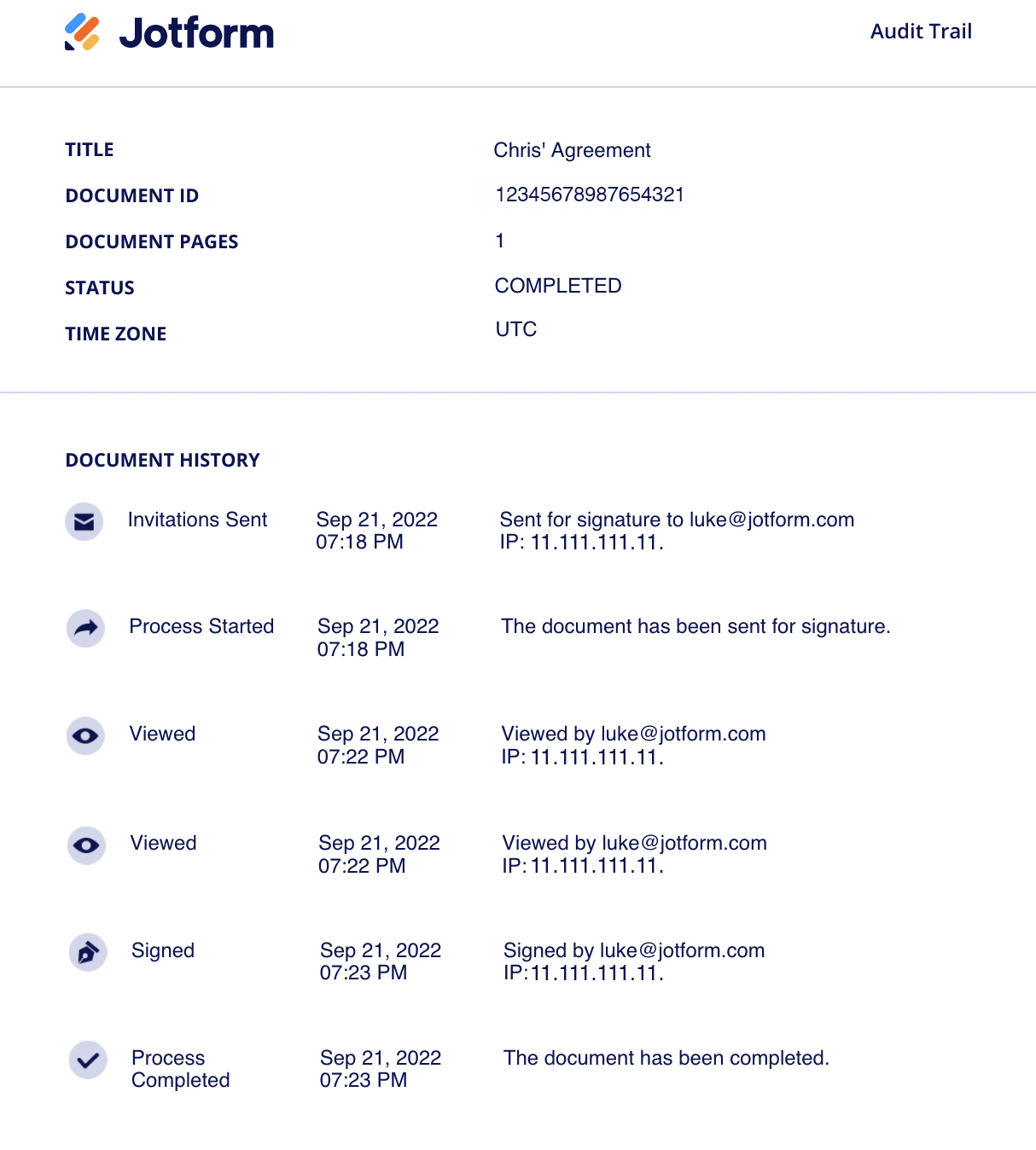
- Secure digital transaction: The last thing you (or we) want are any security vulnerabilities for your signed documents.
That’s why both ends of Jotform Sign’s e-signature workflow are protected by best-in-class encryption. This security measure helps ensure there’s no interference with documents mid-flow. Once the digital signature workflow is complete, the audit trail you’ll receive shows a history of the actions taken in your documents by signers and confirms that your document is finalized.
A few interesting e-signature facts
If you’re reading this and thinking e-signatures have been a major force in the industry for some time, well, you’re right. Though e-signatures can’t be used for everything — for example, for documents in jurisdictions that require a physical notary seal — they are now generally recognized as the most efficient way to sign a contract. Consider these statistics:
- Sixty-five percent of companies using pen and paper report that collecting physical signatures adds an entire day to their work process.
- Companies also save 80 percent, on average, on shipping costs when they go paperless.
Conclusion
By virtue of the E-Sign Act and UETA, e-signatures have been legally binding in the U.S. for more than 20 years. They have also been legally binding in other countries for many years.
In order to ensure that your e-signed documents check all the legal boxes, it’s best to choose a solution that meets every significant e-signature criteria, so you and your customers have peace of mind.
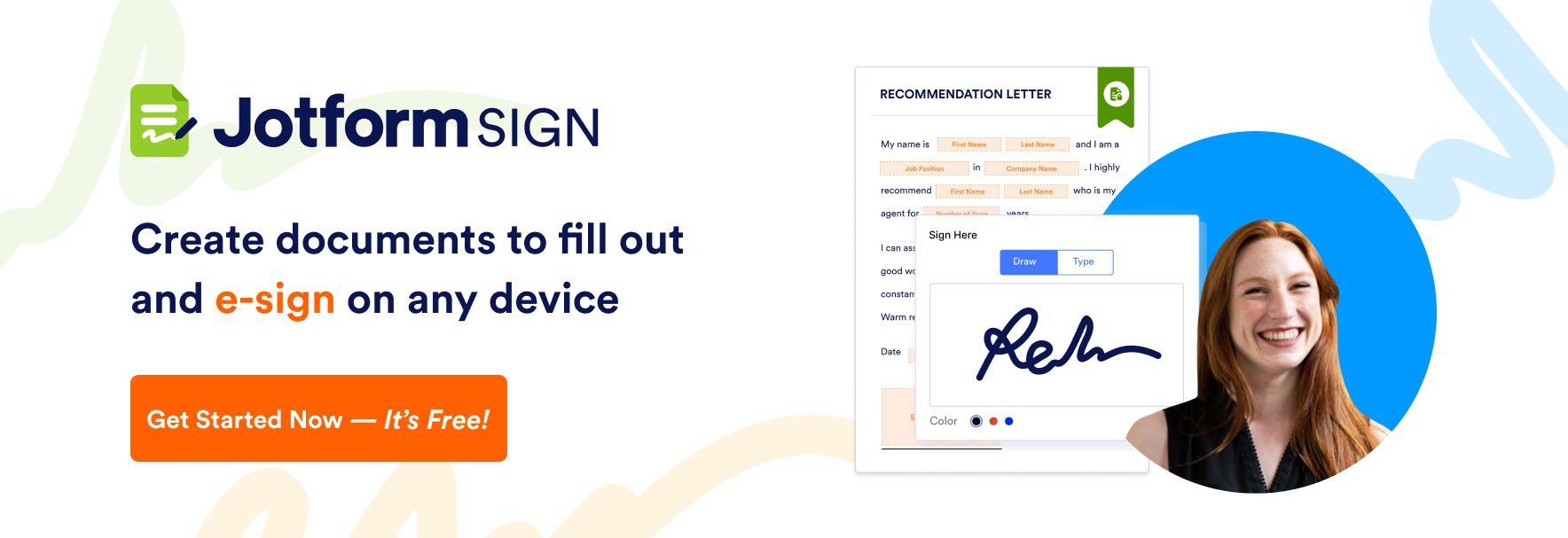

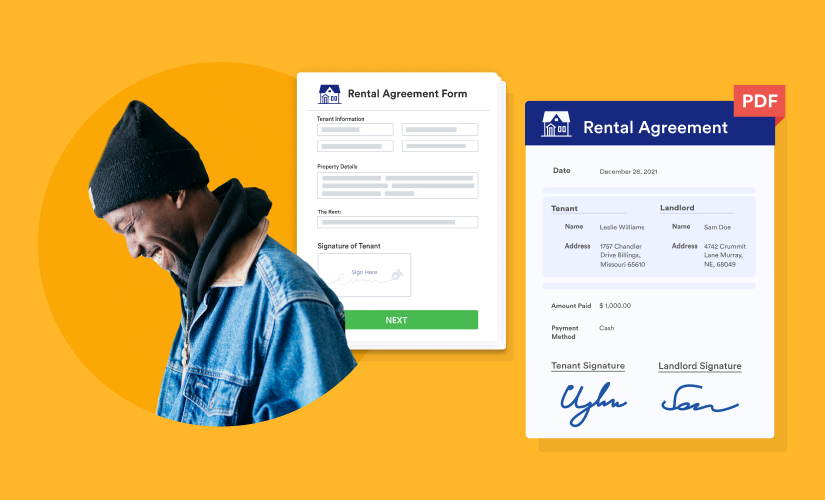








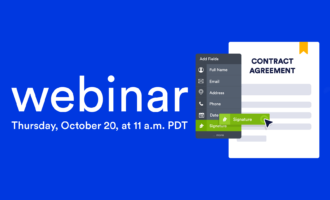


Send Comment: